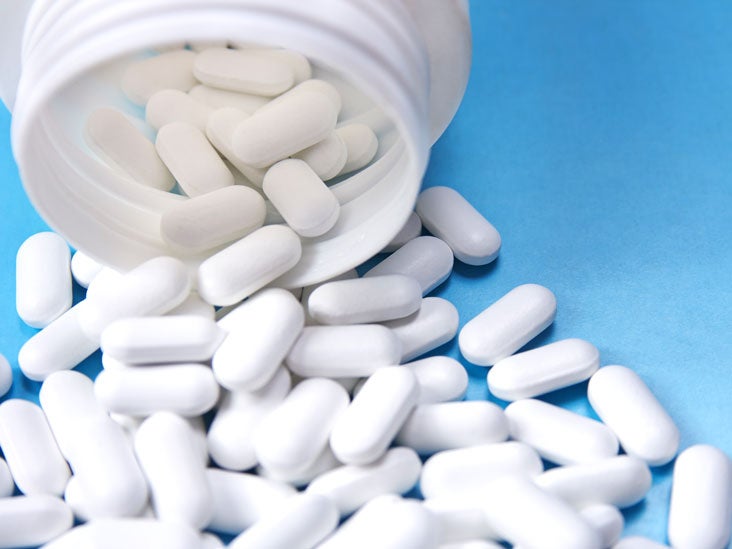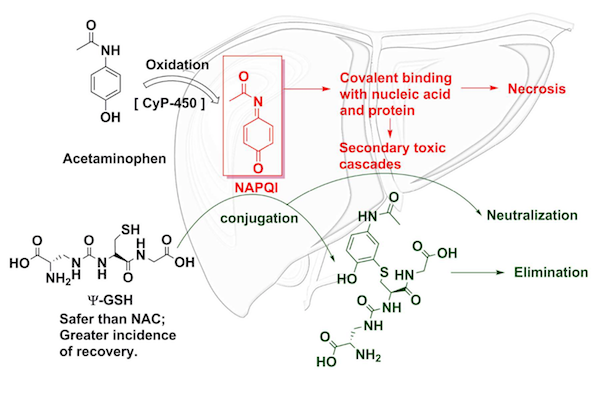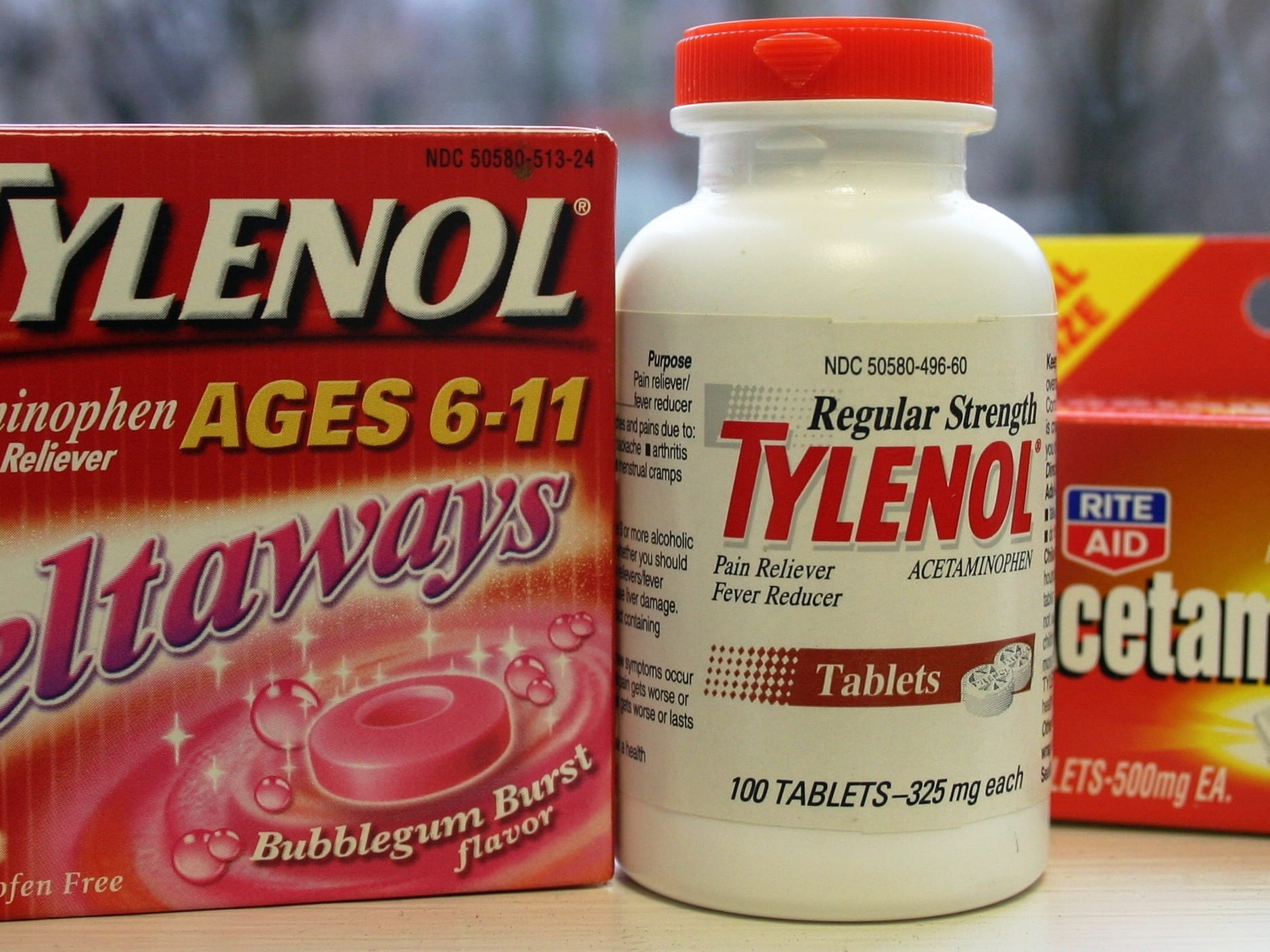

If the damage is severe, a liver transplant may be necessary in order to save someone’s life. Acetaminophen is in Actifed, Alka-Seltzer Plus, Benadryl, Co- Gesic, Contac, Excedrin, Fioricet, Lortab, Midrin, Norco, Percocet, Robitussin, Sedapap, Sinutab, Sudafed, TheraFlu, Unisom PM Pain, Vick's Nyquil and DayQuil, Vicodin, and Zydone.Īcetaminophen in overdose can seriously damage the liver. It is also found in many other over-the-counter medications and in prescription drugs. Unless otherwise directed by your care provider, the usual maximum recommended dose is 3 grams in 24 hours.Īcetaminophen is the active ingredient in Tylenol. However, if taken in excess amounts (overdose, whether on purpose or by accident), acetaminophen can cause life-threatening illness. Over many years, it has been used countless times by many people, and it has proven to be a safe and effective medication. It is used for the treatment of pain and to lower fever. All rights reserved.Acetaminophen (Tylenol) Poisoning OverviewĪcetaminophen is one of the most common medications found in households. Patients with acute liver failure may be candidates for orthotopic liver transplantation.Īcetaminophen Hepatotoxicity Liver N-acetylcysteine Overdose Poisoning Review Toxicity. There is concern that current NAC dosing is not large enough to adequately treat large APAP ingestions. These reactions usually occur during loading doses and are easily treated with discontinuation of the NAC infusion, administration of antihistamines, and then restarting the loading dose at a slower infusion rate.

NAC is generally well-tolerated when given intravenously, with the main concern being anaphylactoid reactions. When given early after APAP ingestion, NAC's main mechanism of action is to maintain intracellular glutathione stores so to detoxify the electrophilic APAP metabolite, NAPQI.


Current treatment centers on administration of N-acetylcysteine (NAC) to prevent hepatotoxicity, though NAC also improves outcomes in patients who present with acute liver failure. Patients who have chronically ingested excessive APAP doses and develop hepatotoxicity usually present with such, and renal failure is more common in this population. It is possible for patients to present in liver failure days after ingestion with undetectable serum APAP concentrations. Peak serum transaminase activities usually occur 48-96h after acute ingestion. However, histories concerning the time of ingestion and the amount of drug ingested are usually unreliable. A nomogram of serum APAP concentration vs hours post-ingestion can assist in determining risk of liver injury and need for treatment. For an acute overdose, most adults must ingest about 12g or more acetaminophen (APAP) before risk of serious hepatotoxicity is of concern. A review of the typical clinical course, diagnosis and treatment of acetaminophen toxicity is provided.


 0 kommentar(er)
0 kommentar(er)
